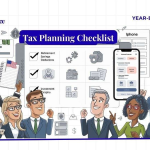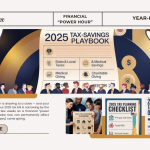Required Minimum Dispersions (RMDs) from Individual Retirement Accounts (IRAs) can be a befuddling theme for numerous retirees. As you approach the age when you must begin withdrawing from your IRA RMD, getting the rules, charge suggestions, and procedures to minimize budgetary stumbles is significant.
This article will explain everything you need to know before taking an RMD this year, ensuring you make the best decisions for your retirement income.
1. What is an IRA RMD?

At a certain age, the IRS mandates that individuals with traditional IRAs begin to withdraw a minimum amount each year. This is known as a Required Minimum Distribution, or RMD. The idea behind RMDs is to ensure people use their tax-deferred retirement savings during their lifetime rather than letting the funds grow indefinitely without tax. But there’s more to the story—understanding RMDs is crucial not just for compliance but also for tax planning and optimizing your retirement finances.
Thank you for reading this post, don't forget to subscribe!






